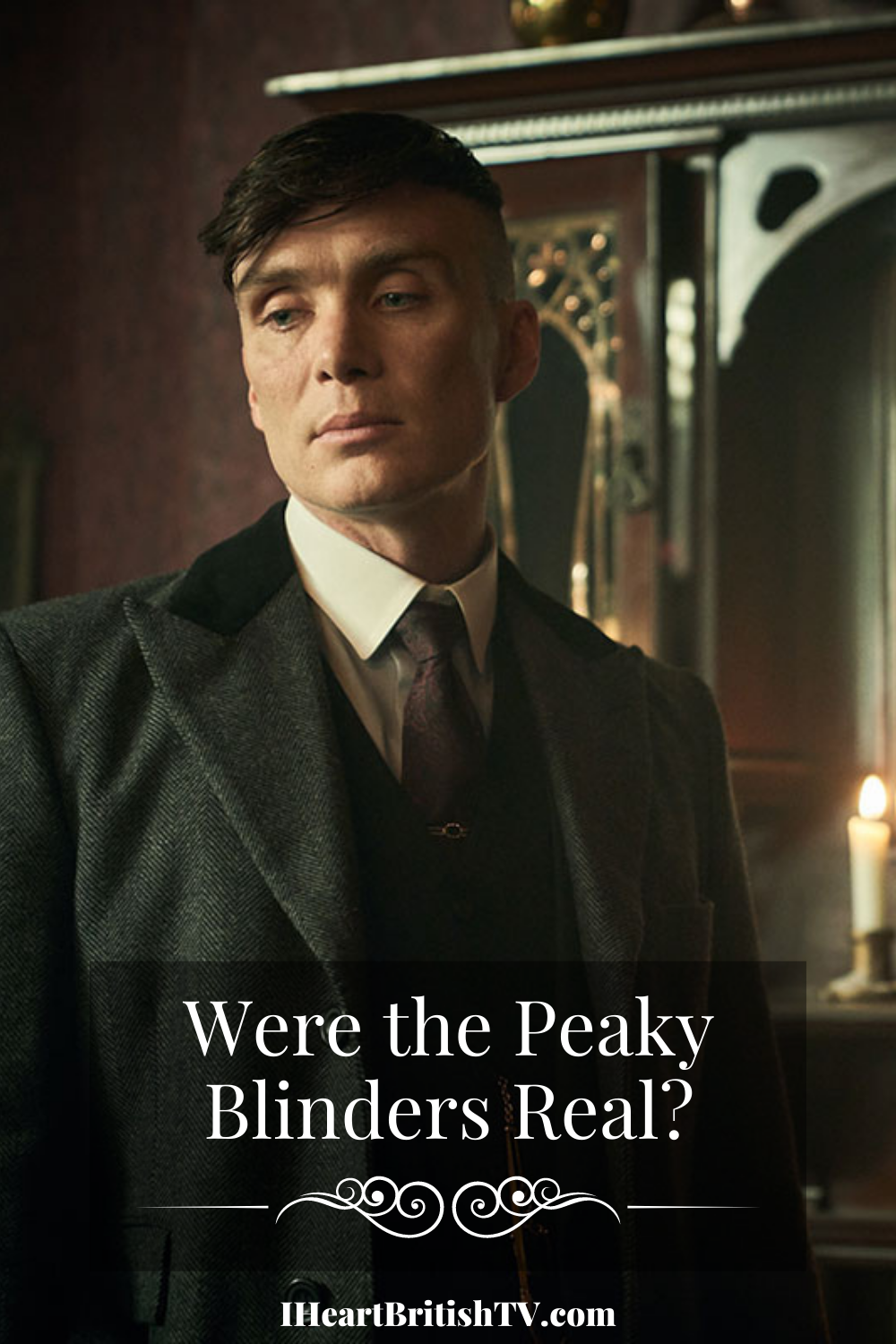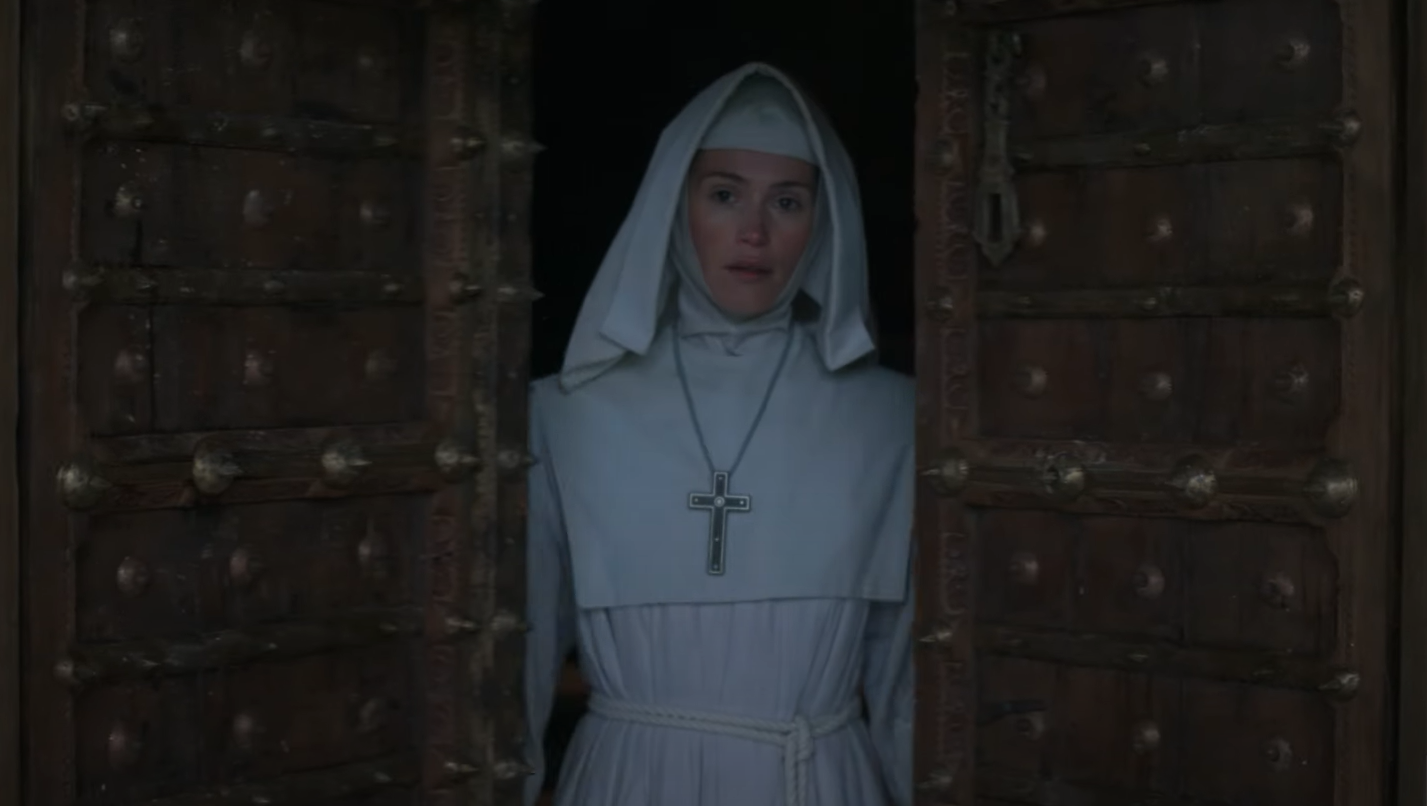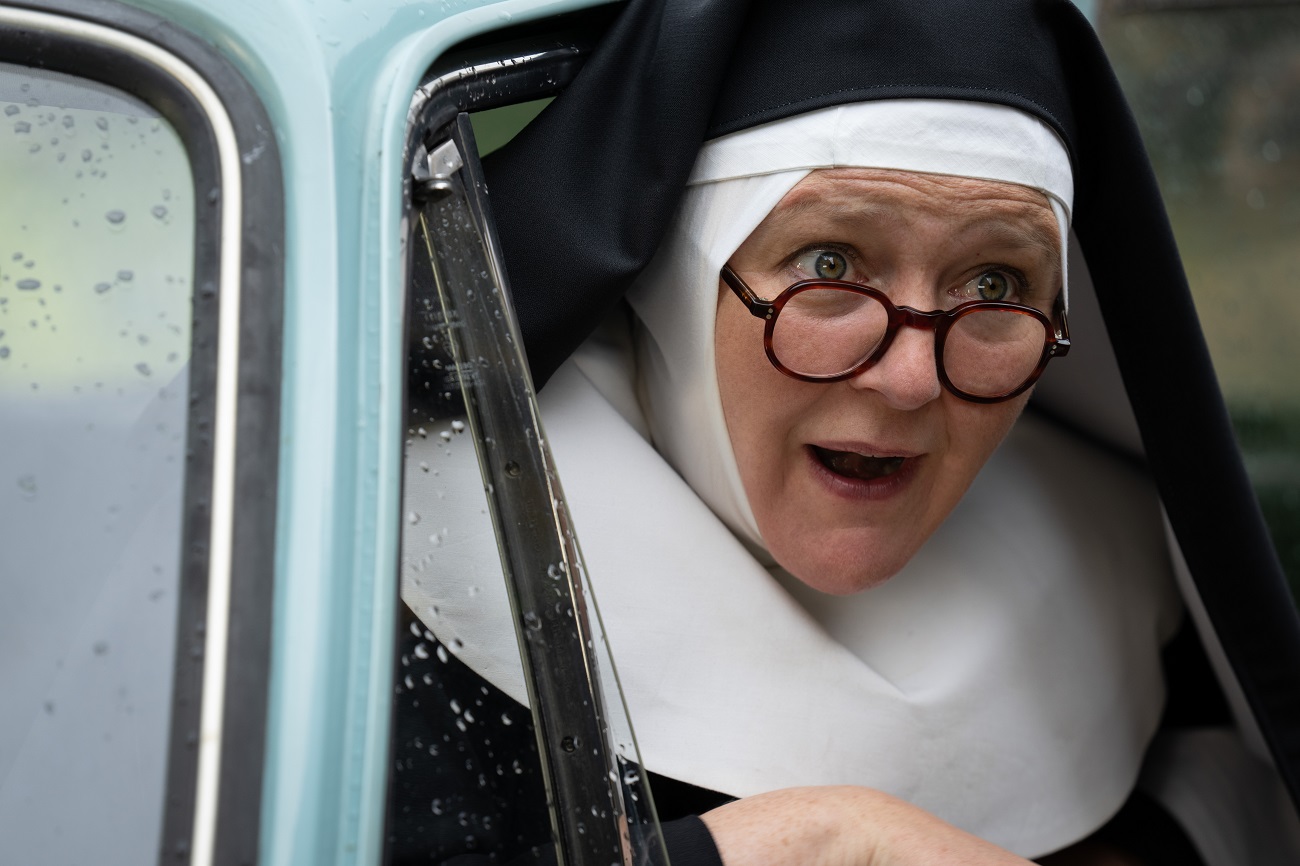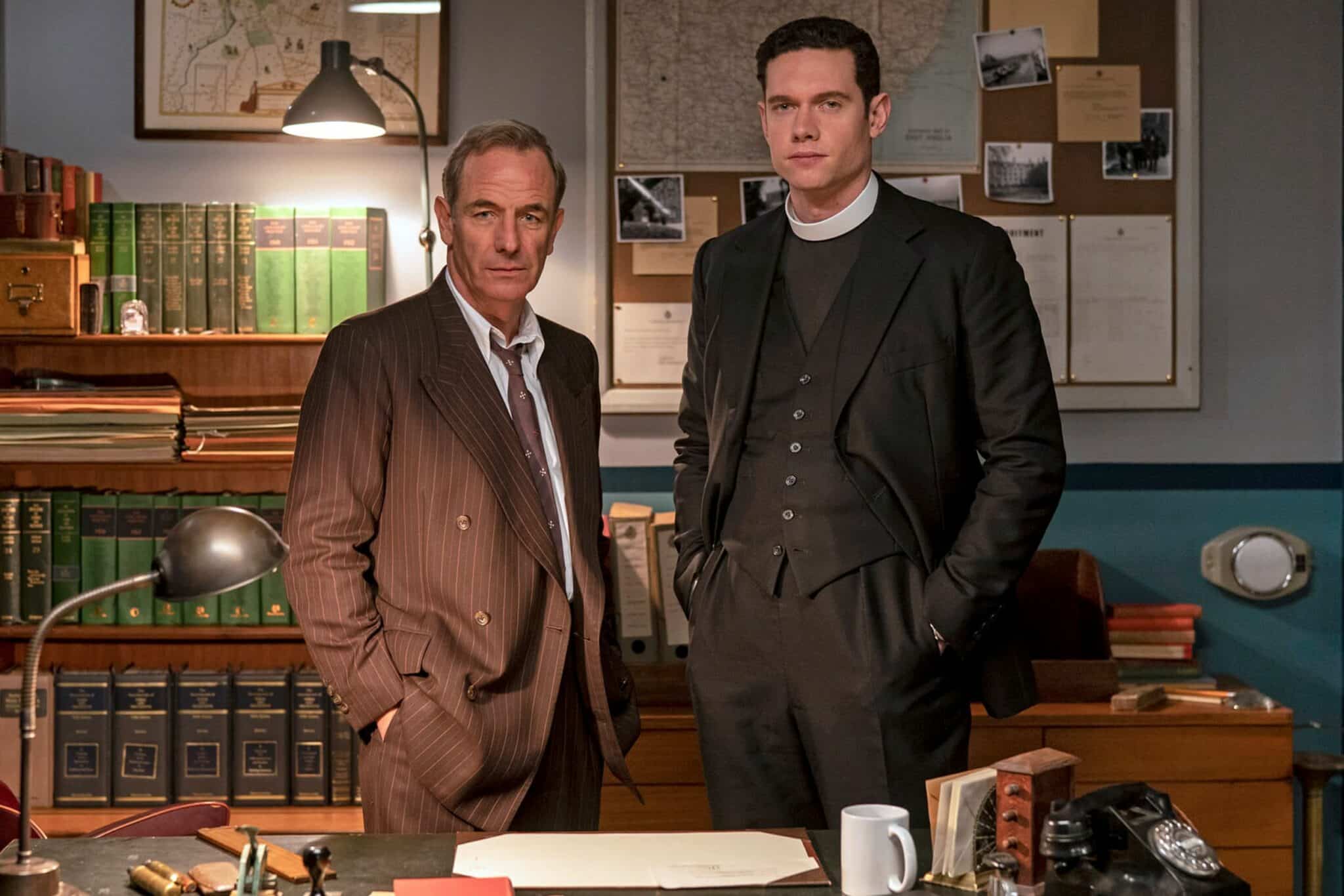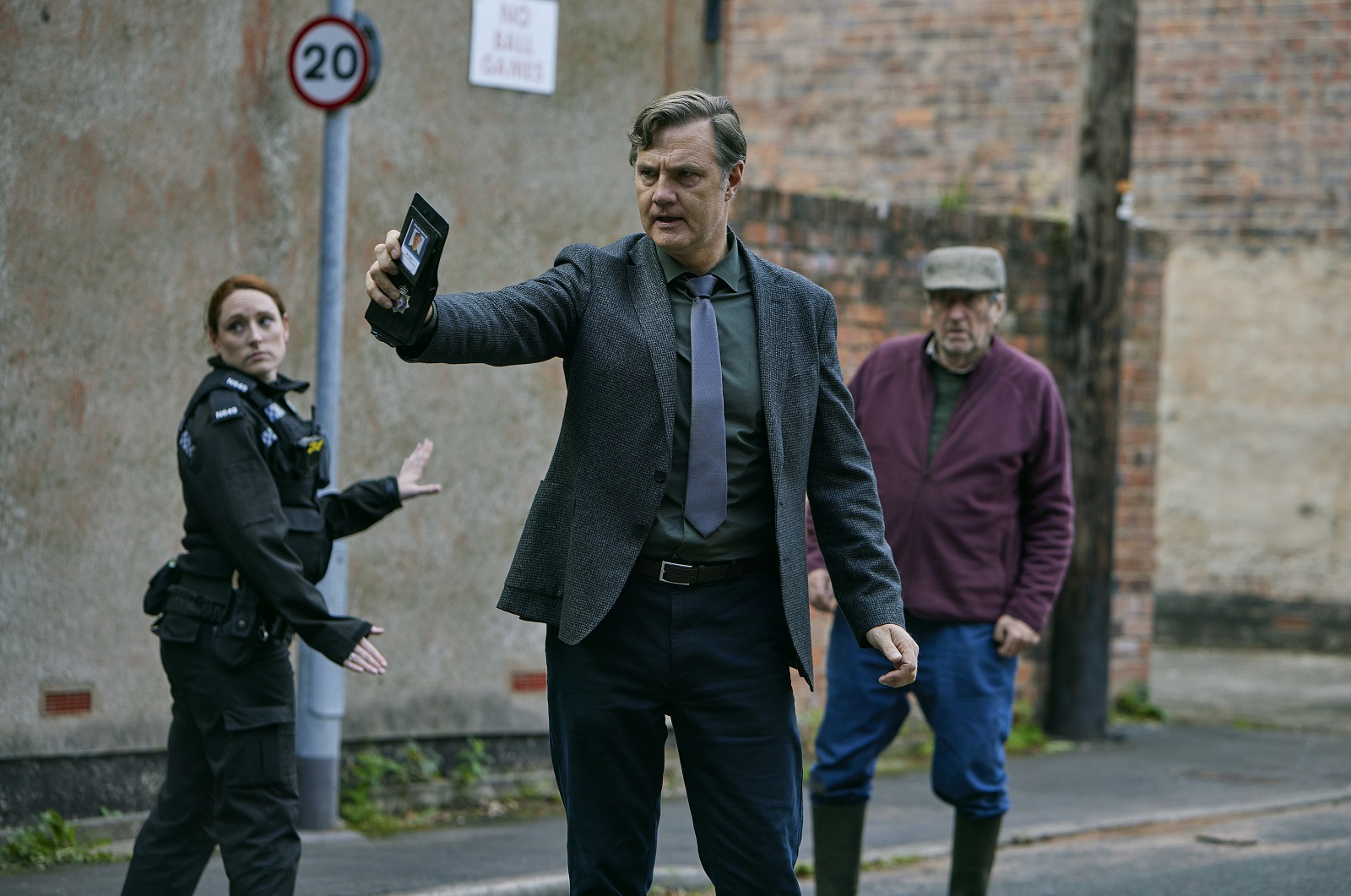Were the Peaky Blinders Real?
In some cases, we earn commissions from affiliate links in our posts.
Last Updated on January 11, 2022 by Stefanie Hutson
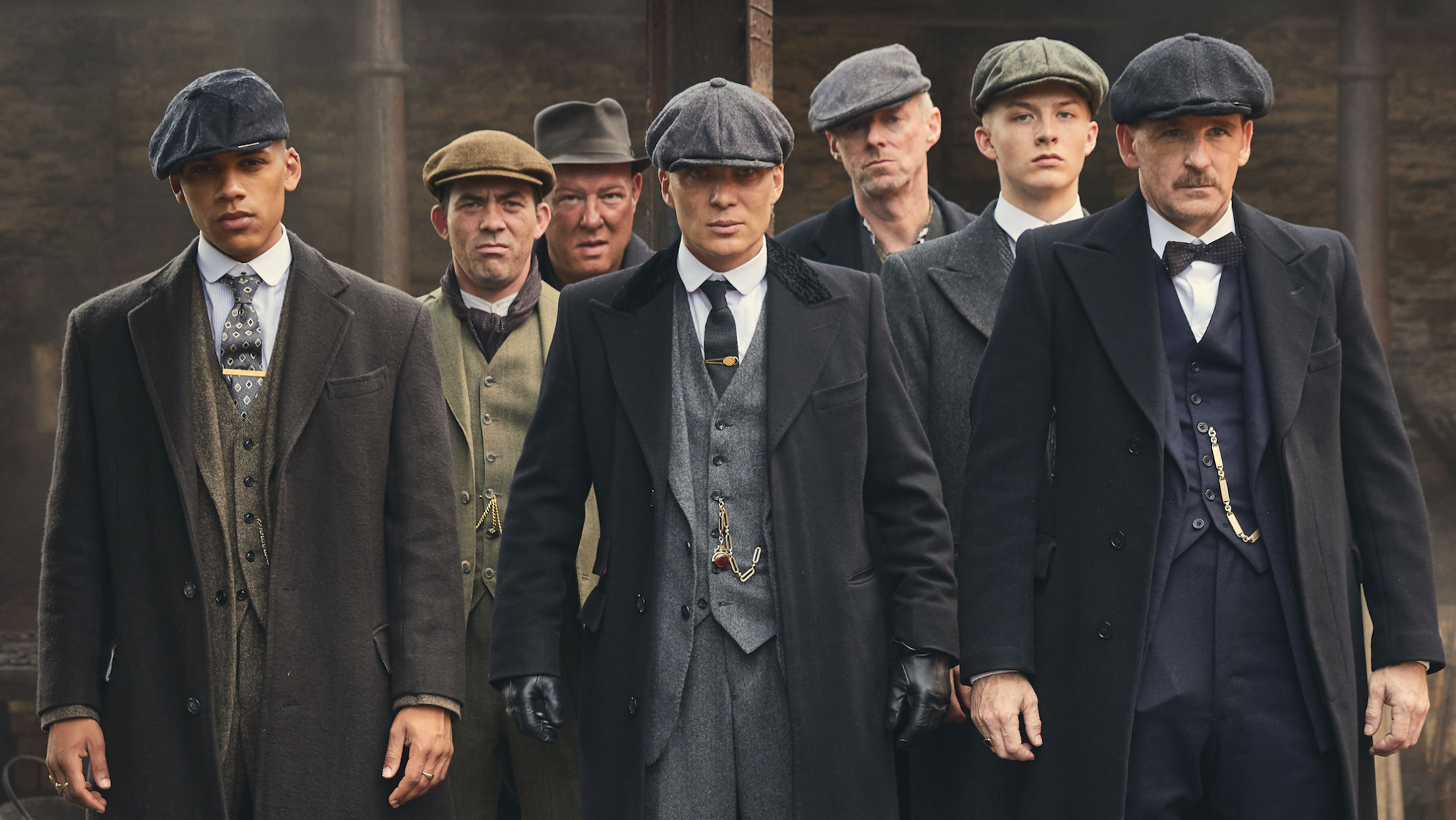
Peaky Blinders is a popular series, initially airing on the BBC and then going on to find a worldwide audience via Netflix. With 5 successful seasons under its belt and a 6th one on the way, many are already familiar with the story of the Shelby family and their Birmingham gang. But is it fiction, or were the Peaky Blinders real gangsters who terrorised 20th century England?
Peaky Blinders: The Show
Most accurately described as a period gangster crime drama, the show begins in Birmingham, England in early 1919. The country is in economic disarray following the recent conclusion of World War 1, and a steady influx of returning soldiers makes it the perfect setting for enterprising gangsters.
The series traces the exploits of the Shelby family as they lead the aforementioned Peaky Blinders gang to ever greater success and infamy. They begin small, but are on a path to expand their sphere of influence by taking over local horse tracks and conquering new territories. By the end of the series, the family is ruling over an international crime syndicate.
The series also boasts a star-studded cast, including familiar names such as Sam Neil (Jurassic Park), Cillian Murphy (Batman Begins), Tom Hardy (The Dark Knight Rises), and Adrian Brody (The Pianist). Directed by Steven Knight, the show has been a favorite for fans of the genre since it launched in 2013.
Season 6 of Peaky Blinders is expected to air in early 2022, though a premiere date hasn't been offered at time of writing. Talk of a 7th season made the rounds, but an official statement in 2021 declared the 6th season as the final for the series. Rumours of a Peaky Blinders movie or spin-off series remain, but it would be very different with the sad loss of Helen McCrory in April 2o21.
But Were The Peaky Blinders Real?
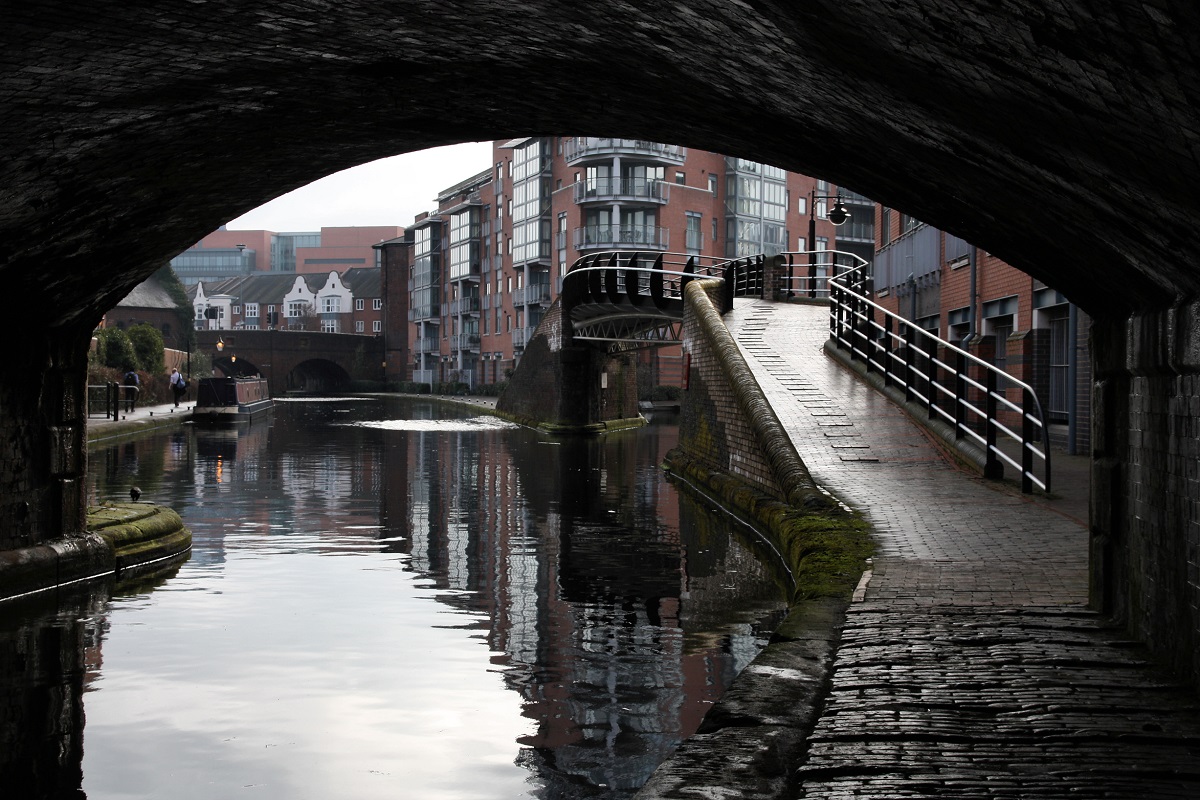
Yes – but fans of the series may be disappointed to find out just how little the Peaky Blinders gang on television had in common with their real life namesake. In fact, other than both of them being violent Birmingham street gangs, the name is almost the only thing the two have in common.
The real Peaky Blinders were a collection of street gang members, representing the poor and middle class and ranging in ages from 12 to 30. Economic adversity at the time limited the options for legitimate income, so they chose to make their money by preying on the people of Birmingham between 1890 and 1910.
In the early 1890’s, the gang was mostly involved in what were considered petty crimes for the day, such pickpocketing and theft. Throughout the decade, they became more organized and gained a more clearly defined hierarchy, allowing them to specialize. As they became a more powerful gang, their crimes became more complex, with bookmaking, police bribery, and racketeering replacing their simpler early endeavors.
As the gang evolved, so did their tendency to use violence. They grew more brazen, even contacting the press after a particularly violent attack to ensure the gang got credit for the deed.
The Peaky Blinders didn’t limit their violent sorties to civilians or other gang members. Their attacks on police resulted in deaths and hundreds of injured police officers. Some even left the police force due to the gang targeting law enforcement in what the gang members called “constable baiting”.
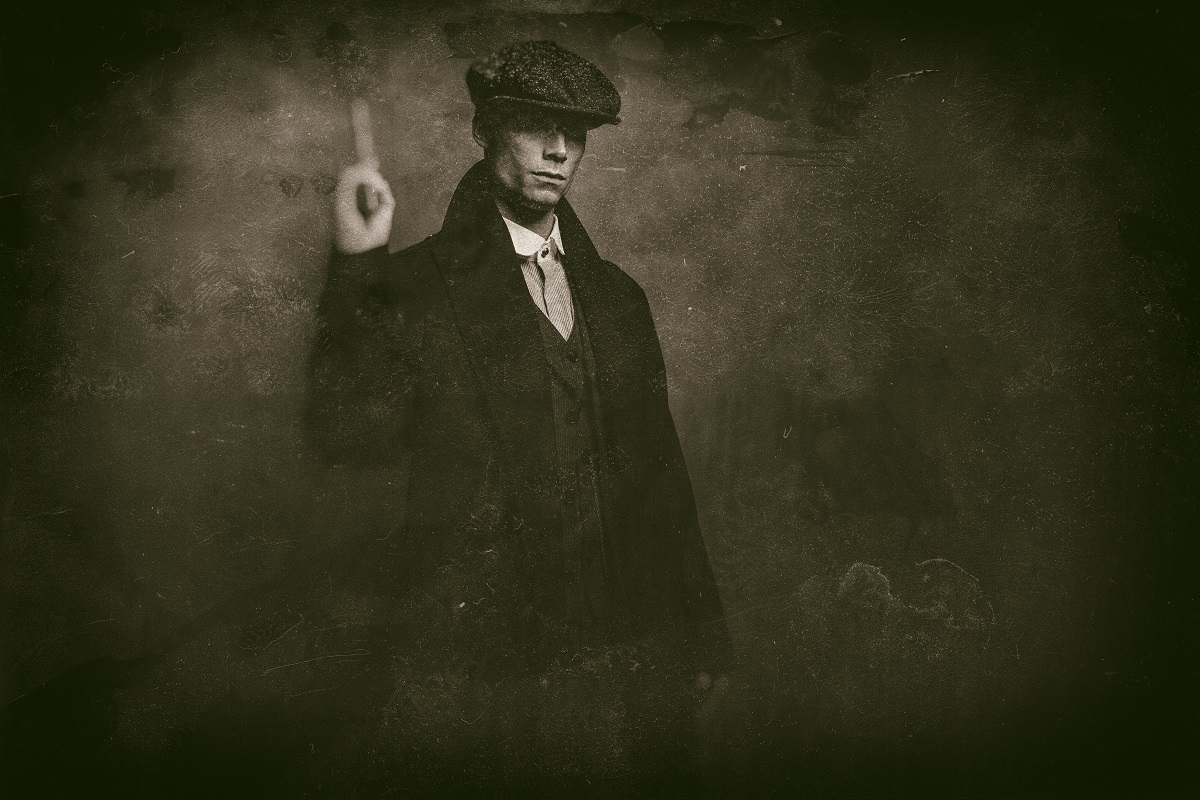
Violence wasn’t the only way the gang stood out. Their fashion was unusual for the typically poor street gang members of the day, with tailored suits and jackets being the norm. For the wealthier members of the gang, even more eccentric dress was found in the form of silk scarves and starched collars. This unique attire made them instantly recognizable to the public as well as other gangs.
With each new territory, their numbers swelled – giving them an estimated 50,000 members at their “peak” (*groan*). Unfortunately for the gang, this success would lead to their downfall.
In their quest to expand into new criminal enterprises, the Peaky Blinders intruded on the existing territories of much larger gangs whose violent retaliation proved too much to handle. The final nail in the coffin was the growing push for harsher policing and sentencing for gang members.
These factors combined to spell the end and by 1920, after decades of growth, the Peaky Blinders were no more. That's quite different from the TV series, which is bookended by the two world wars.
What Does Peaky Blinders Mean?
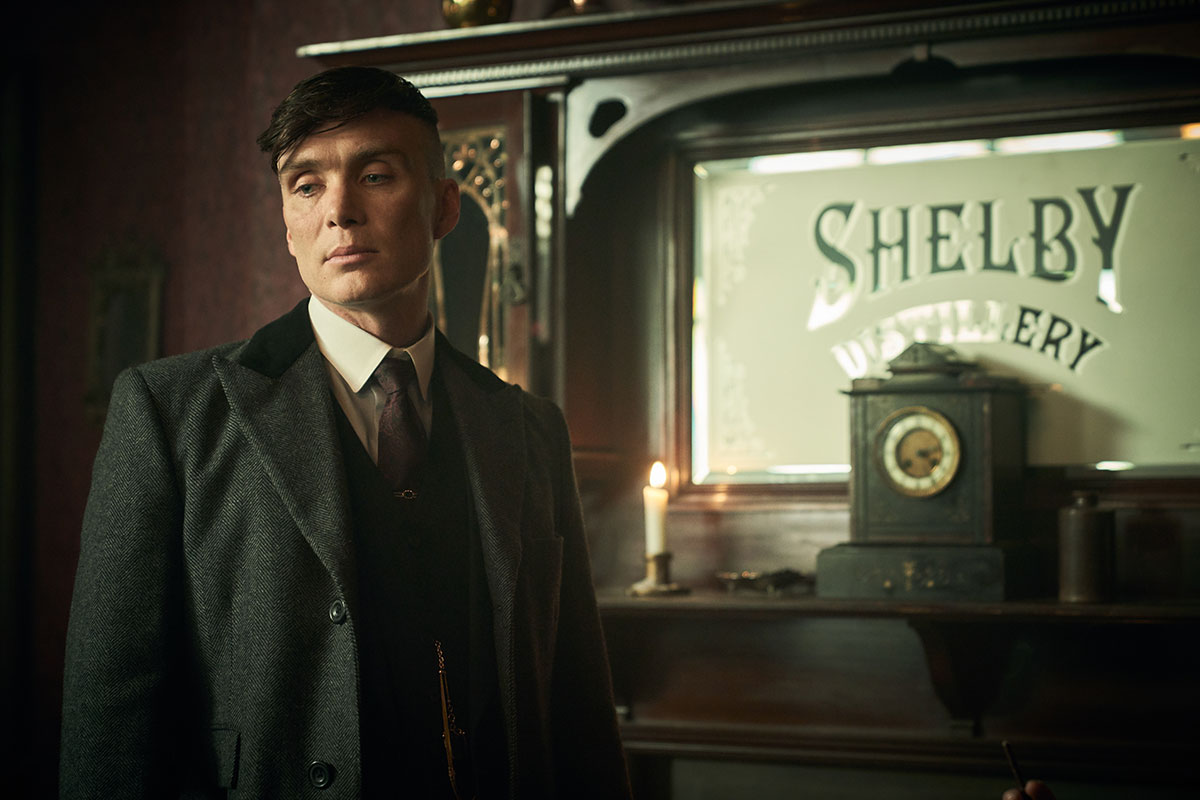
With such a unique gang name, it may be surprising that there's a lack of consensus on where it originated. Carl Chinn, a Birmingham historian, suggested that the name referred to their unique dress, with “peaky” being another name for a peaked cap and “blinder” being slang for a well dressed person.
Others have suggested the name came from their preferred method of attacking – to ambush from behind and to pull down the cap of the victim, keeping the identity of their attackers unknown.
The TV series and a novel based on the gang have both suggested that the name is derived from the practice of making improvised weapons from hats by sewing razor blades into the brim. Most sources agree this is an unlikely explanation, given the introduction of the Gillette safety razor to England occurred well after the gang name was established.
Have You Watched Peaky Blinders?
Even though the Peaky Blinders weren't real in precisely the way the TV show portrays, it's fascinating and well-written series that offers a glimpse into a part of English history we don't always see on period dramas. Have you watched it? Will you?
Save it to Pinterest!
